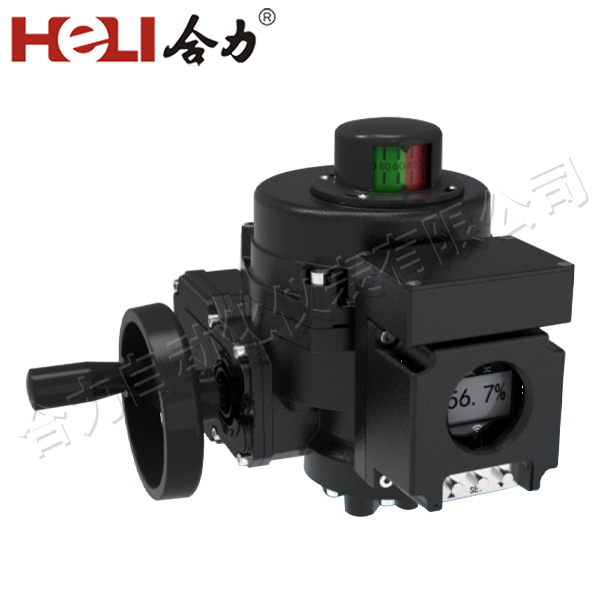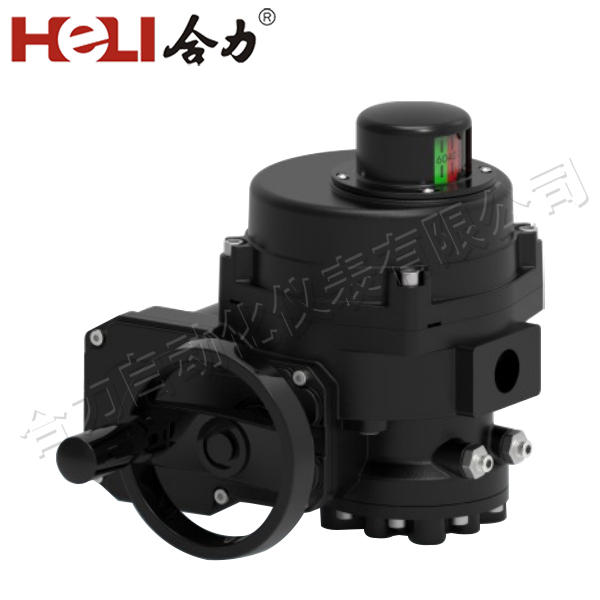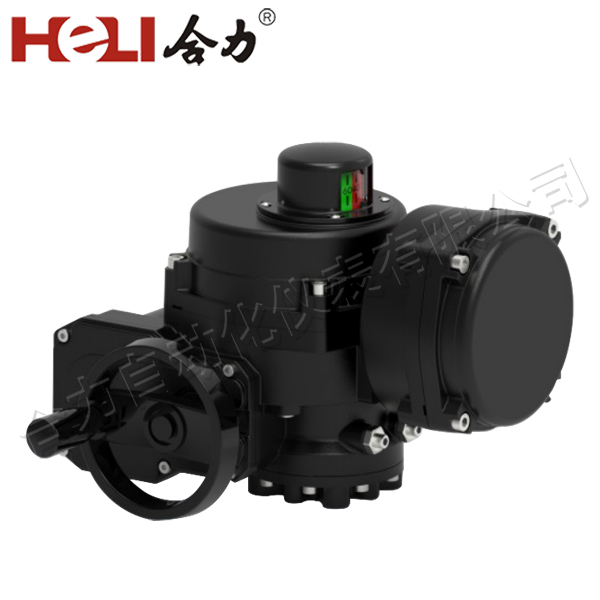As the world grapples with the challenges of climate change and depleting fossil fuel reserves, hydrogen energy emerges as a promising alternative, particularly in electrical installations. This article delves into the essentials of hydrogen energy electrical installations, exploring their components, advantages, and future prospects.

Hydrogen energy is derived from the most abundant element in the universe—hydrogen. It can be produced through various methods, such as electrolysis, where water is split into hydrogen and oxygen using electricity. This process is particularly effective when powered by renewable energy sources, leading to a truly sustainable energy cycle. The generated hydrogen can be stored and converted back into electricity using fuel cells, making it an ideal candidate for clean energy systems.

The electrical installation of hydrogen energy systems involves several key components. Firstly, the electrolyzer is crucial for producing hydrogen. This device requires meticulous design and integration into the overall energy system to ensure efficient operation. Following hydrogen production, storage solutions, such as pressurized tanks or metal hydrides, are essential for maintaining the integrity and safety of the hydrogen until it is needed. Fuel cells are the next critical component in hydrogen energy electrical installations. These devices convert the chemical energy of hydrogen back into electricity, emitting only water vapor as a byproduct. Fuel cells can be utilized in various applications, from stationary power generation to transportation, making them highly versatile.

Leave a Reply